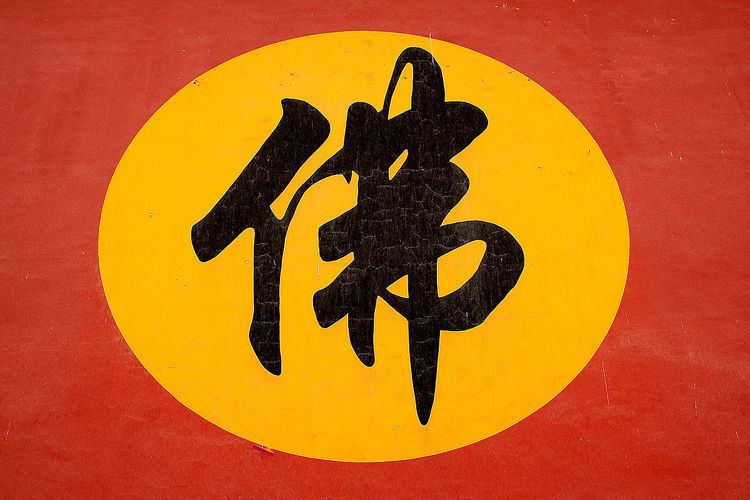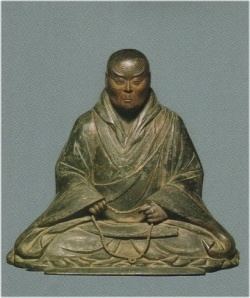Died 572 AD Name Tan luan | ||
 | ||
Vạch Trần Bản Chất Tà Quyền - Đập Tan Luận Điệu Xuyên Tạc - Tập 01 - Thầy Tuấn Ngọc
Tánluán (Ch: 曇鸞, Jp: Donran) (476–542) was a Chinese Buddhist monk. He is credited by Hōnen as the founder of Pure Land Buddhism in China. He is also considered the Third Patriarch in Japanese Jodo Shinshu Buddhism.
Contents

Tan-luan was originally a Buddhist scholar but after becoming ill he studied Taoism in order to seek the Elixir of Life. However, after an encounter with Bodhiruci a Buddhist monk from India, Tan-luan became a devotee of the Pure Land teachings and, according to the Jodo Shinshu hymn Shoshinge, burnt his Taoist texts.
Tan-luan later wrote his commentaries on the Larger Sutra of Immeasurable Life. The commentaries taught that the all beings could be reborn in the Pure Land of Amitabha Buddha through sincere recitation of the Buddha's name (Nianfo/Nembutsu). Tan-luan is also credited for having developed the six-character phrase "南無阿彌陀佛" (Namo Amituofo/Namu Amida Butsu) (from Sanskrit to Chinese) used throughout Pure Land Buddhism today.
Tan-luan also had a strong impact on the Fourth Patriarch, Tao-cho who once visited his temple.
